Why is it called Sakui Coffee? what does the origin of Sakui coffee have to do with geisha coffee?
Friends who know about coffee will notice that most of the coffee in Ethiopia is named after the producing area, for example: Yega Xuefei red cherry, Yega Sheffield red cherry, Yega Xuefei Koch, what about Sakuran? It belongs to the Gigi producing area in Ethiopia, so why not named it? Is there anything different about Sakuran?
How did the name of Huakui coffee come from?
Qianjie believes that: in the literal sense, Sakui coffee is a coffee bean full of flower scent, but it is not. Huakui's flower aroma is not strong, but more fruity, such as passion fruit, strawberry, mango, jackfruit, citrus. According to Qianjie, it is learned that the original name of Huakui coffee bean is Humbela, and one of Huakui is named by domestic raw bean merchants. In February 2017, a sun-tanned coffee from Humbera Buku Abel won the Ethiopian raw bean competition. Because it broke Rosa's monopoly in the brewing competition and became the only coffee that can compete with it at present.
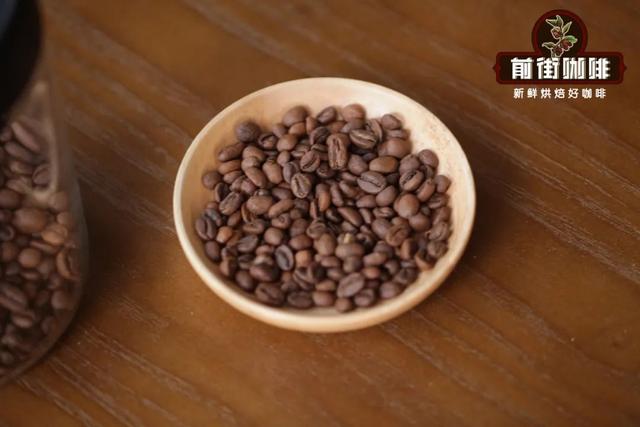
We know that Sakui Coffee comes from Ethiopia, which is the birthplace of coffee and has a wide variety of coffee. On the other hand, the Ethiopian government is reluctant to disclose information about native coffee trees in order to protect them. So many Ethiopian coffee varieties are local native species, while Sakui's varieties are local native species.
What kind of coffee is geisha coffee?
There may be many layers of meaning for coffee. Geisha coffee is also called Rosa Coffee, which comes from Geisha Mountain in Ethiopia. It sounds like the famous Japanese geisha, hence its name.
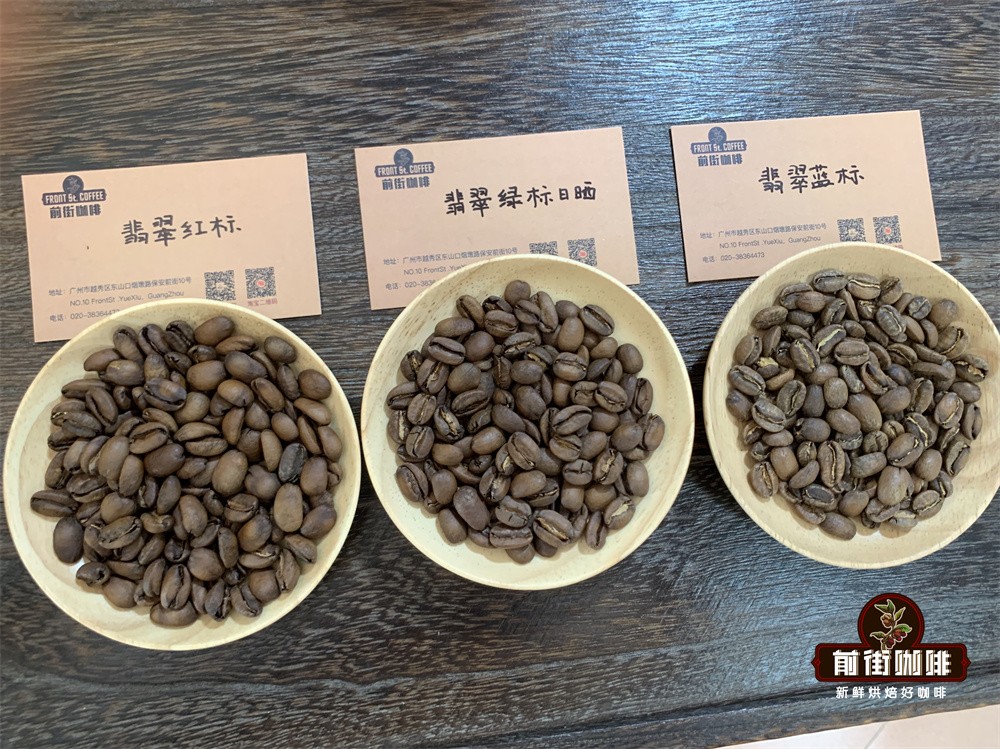
Geisha coffee beans actually come from southwestern Ethiopia in Africa. In 1963, geisha coffee trees were introduced from Costa Rica to Panama by Don Pachi Serracin. Because the yield is not high, it directly affects the harvest, and coffee farmers are not willing to grow them. It wasn't until Daniel Peterson, the owner of the Panama La Esmeralda in Panama, accidentally discovered that at the top of his coffee farm, the coffee beans produced by these geisha coffee trees, which used to be used as a windbreak, had the citrus and floral aroma peculiar to African beans. Independent of its coffee beans, participate in the 2004 Panamanian coffee bean cup test competition and become a hit. Since then, kabou has been unstoppable and has won the Panamanian coffee cup test competition for many years. In the eyes of boutique coffee lovers all over the world, geisha coffee beans are undoubtedly the supreme treasure.
The difference between Huakui Coffee and Geisha Coffee
What's the difference between Huakui Coffee and Geisha Coffee, both from Ethiopia? Qianjie tells you that Sakuran is actually the name of this coffee native to Ethiopia, while Rosa is a variety of coffee beans. Rose summer can be grown all over the world, and Sakuran, only the sun-tanned coffee produced and processed at Humbera Buku Abel Manor in Guji is the "Sakuran". This is the fundamental difference.
Huakui Coffee-Gujahanbela producing area
Sakuran beans are from Hambella, located in Guji, Ethiopia's largest coffee producing region, and are administered by the Oromian state. The west of Humbera faces the mountains of Yega Fichier. The two producing areas are separated by a highland with an elevation of 3200 meters and a width of about 30 kilometers, and are bordered by Shakiso, Uraja and Kolasha in Guji in the east and south, respectively. It is the highest coffee producing area in Ethiopia.
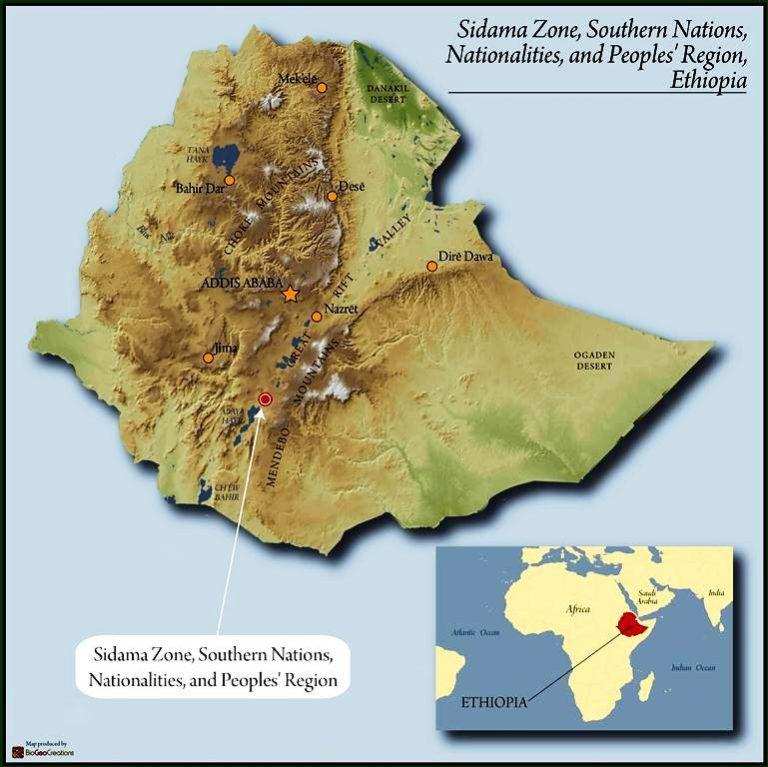
According to statistics, there are about 20 processing plants in Hambelane, which are distributed in different villages and manors in sub-producing areas of different sizes. Among them, only the sun-tanned coffee produced and processed by Buku Abel Manor is "Sakuran", so Buku Abel Manor is also known as "Sakuran Manor".
Sun treatment of Huakui coffee beans
The flavors of berries, strawberries, lemon and citrus and fermented wine in Huakui Coffee can not be separated from that treatment. Huakui coffee in Qianjie uses the oldest natural treatment-sun treatment. In the annual coffee harvest and treatment season (December-January), coffee picked by farmers must have a sugar content of more than 30 before they can start sun treatment. In the first two days of the sun, it is necessary to ensure the humidity of the coffee red fruit, so that its fructose is fully fermented. At the same time, the geographical location of the high altitude makes the temperature of the treatment plant drop to about 12 degrees Celsius at night, without excessive fermentation because of the high temperature. When the temperature is relatively high at noon, it will be shielded in time to prevent sunburn of coffee red fruit. In order to prevent sudden rain at night, it will be wrapped in thick plastic sheeting.
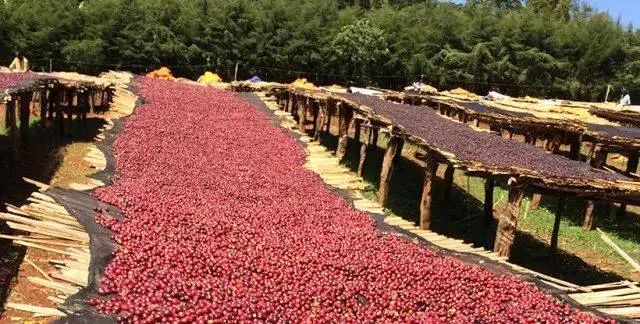
In this way, the red coffee fruit is fermented and dehydrated at a lower temperature. After 18 days of sun treatment, the moisture content of raw coffee beans decreased to about 13%, stopped the sun treatment, put it in sacks, put it into the warehouse under the natural conditions of 12-22 degrees Celsius and 45-55% humidity, and raised raw beans and further dehydration for about 50 days. When the moisture content of raw beans reaches about 11%, it is transported to the treatment plant for shelling and screening. Qianjie believes that this selection of high-sugar coffee red fruit for the sun, will further make Huakui coffee beans have higher sweetness, juicy performance will also be richer.
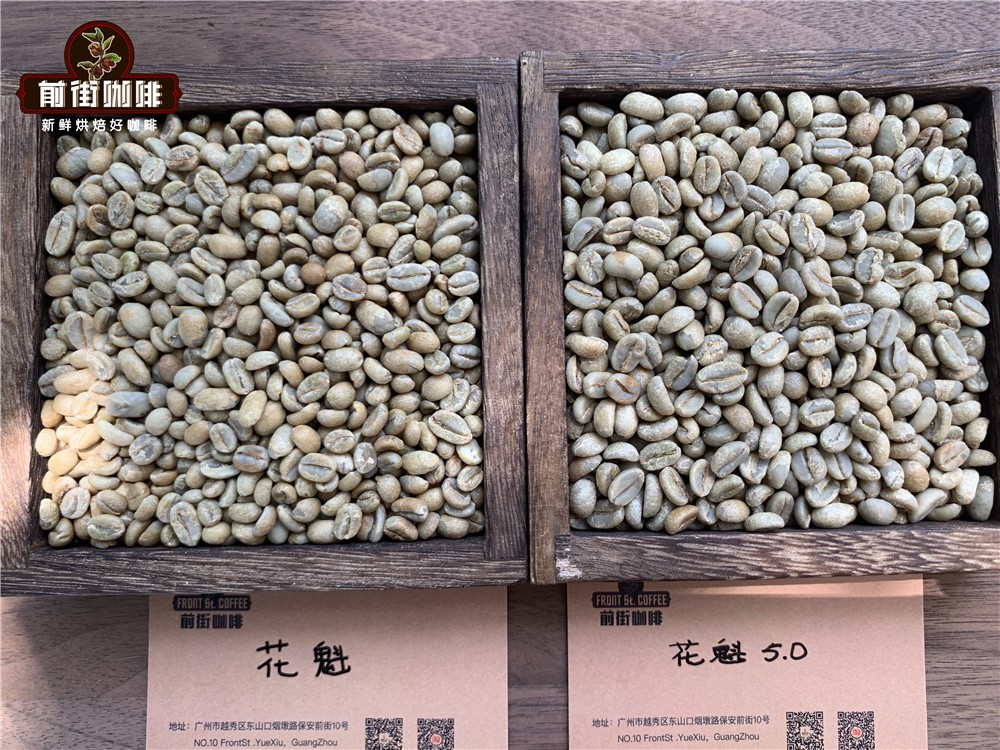
Coffee is also an agricultural product, and its flavor will certainly change due to climate, so the flavor of Huakui coffee varies a little from year to year, so Hongshun distinguishes the coffee beans introduced from the "Buku Abel" processing plant in Humbera area according to the year and represents different batches or seasons, and is called Sakui 2.0, Sakui 3.0, Sakui 3.1, Sakui 4.0, Sakui 5.0. So this year is 2022, should Sakuran be called Sakuran 6.0? As soon as Sakui 6.0 comes out, Qianjie coffee must be tested as soon as possible, and then share its flavor with everyone, and sell it in Qianjie coffee shop for everyone to taste!
Panamanian rose summer coffee (red rose summer, green rose summer, blue rose summer) is sun-dried and washed.
Let's take a look at the differences in flavor between these two different varieties of coffee:
For coffee brewing, the front street is suggested that freshly roasted coffee beans can better reflect the flavor of coffee. So the coffee beans sold on Qianjie are roasted within 5 days. The purpose of Qianjie roasting is "freshly roasted coffee", so that every guest who places an order is the freshest coffee when he receives the coffee. The bean cultivation period of coffee is about 4-7 days, so when the guest gets it, it is the time when the flavor is the best.

Of course, there are also some customers who need help grinding powder in front of the street, which doesn't matter, but what Qianjie reminds you is that if the coffee beans are ground ahead of time, they need to be cooked in time, and if they have been ground into coffee powder, there is no need to raise beans, because in the process of transportation, the pressure caused by carbon dioxide in the packaging can also make the coffee flavor round. So as soon as you receive the coffee powder, you can make a cup and drink it.
But the coffee powder oxidizes faster after contact with the air, that is to say, the flavor of the coffee will dissipate more quickly, and the flavor of the coffee is not very good. Therefore, Qianjie suggests buying whole beans, grinding and flushing now, so that we can better taste the flavor of coffee.
For these two types of coffee beans, the front street is full of suggestions:
Filter cup: Hario V 60, water temperature: 90 ℃, powder content: 15g, ratio of powder to water: 1:15, degree of grinding: medium and fine grinding (Chinese standard No. 20 sieve pass rate 80%)
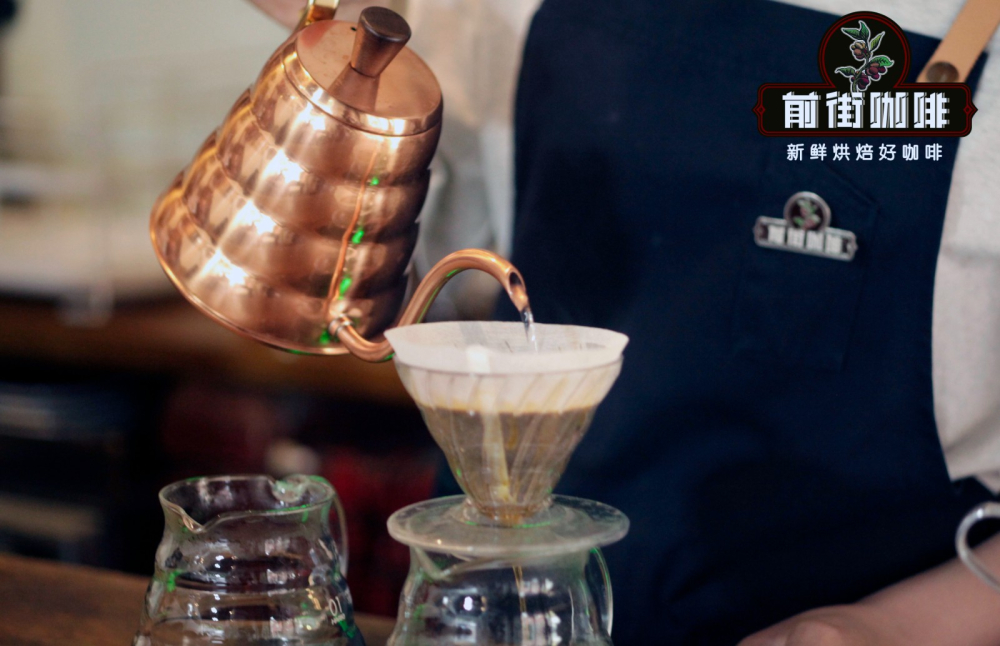
The use of segmented extraction, with twice the amount of coffee powder water for steaming, that is, 30 grams of water for 30 seconds, and the reason for the need for steaming process is to make coffee powder can discharge the internal carbon dioxide gas, so that the latter stage of the extraction is better stable. When the small water is injected around the circle to 125 grams, the injection will be stopped until 225 grams, then the filter cup will be removed after the dripping of the filter cup, and the extraction time will be 2 minutes 39 grams. Next, pick up and shake the whole cup of coffee, then pour it into the cup and taste it.
Qianjie sunflower kui coffee flavor: light fermented wine flavor, caramel will be heavier, taste will be rich and complex, honey sweet, cocoa rhyme with a touch of spice, body thick and lingering.
[sun red standard] there are bright roses, citrus aromas, black rice, berries, apricots, compound fruits, honey, thick juice, rich flavor, sweet and obvious.
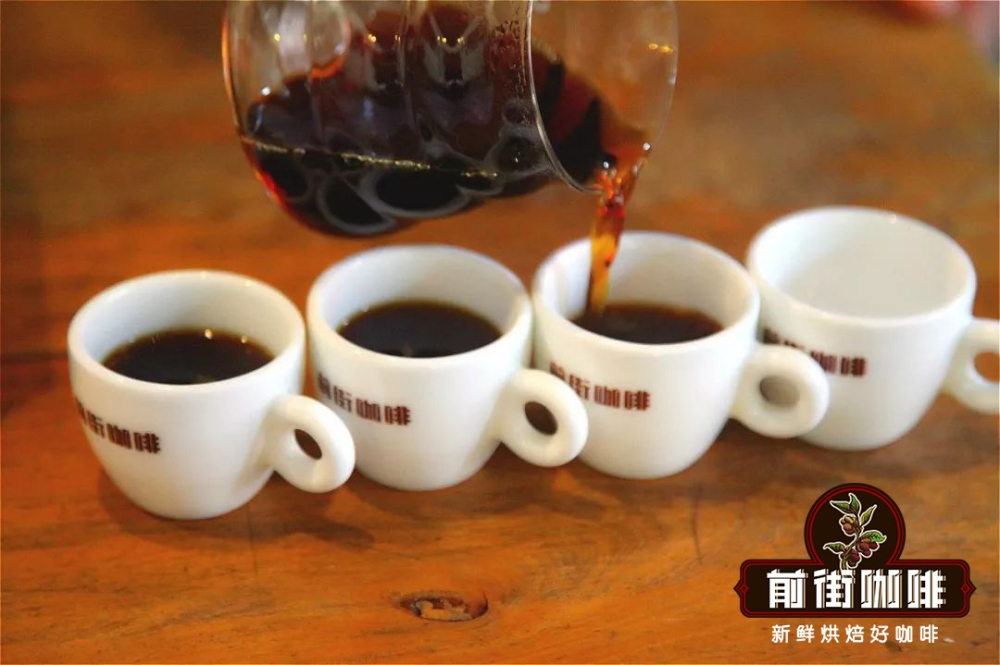
[washing Green Standard] the imported jasmine is full-bodied and sweet, with citrus, berries, juice, cream, green tea, orange peel and cantaloupe with rich overall flavor and long-lasting citrus flavor.
[washing blue label] the entrance has soft sour notes of lemon and grapefruit, while oolong tea, honey and sucrose come down slightly, making the taste relatively clean and bright.
[sun blue label] it smells fermented aroma and fruit sweetness, tastes like melons and tropical fruits, like fruit juice, and the overall sweetness is very high.
Qianjie Coffee has nearly half a hundred individual coffee beans with different flavors, which can fully meet everyone's exploration and pursuit of coffee. Welcome to Qianjie Coffee to discuss with our Qianjie baristas!
Professional coffee knowledge exchange more coffee bean information please follow the coffee workshop (Wechat official account cafe_style)
For more boutique coffee beans, please add private Qianjie coffee on Wechat. WeChat account: qjcoffeex
Important Notice :
前街咖啡 FrontStreet Coffee has moved to new addredd:
FrontStreet Coffee Address: 315,Donghua East Road,GuangZhou
Tel:020 38364473
- Prev
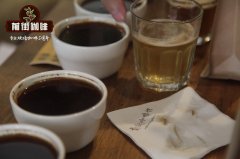
Japanese Cafe Coffee Type Introduction Coffee Type List to Japan
Professional coffee knowledge exchange More coffee bean information Please pay attention to coffee workshop (Weixin Official Accounts cafe_style) What kinds of coffee are there in Japanese cafes? When you travel, you won't be confused if you look at this table! "" is espresso versus hot water;"" is light roast coffee brewed with hot water. It's all American, but...
- Next

How to choose Ye Jia Xue Fei Coffee Source Introduction
Professional coffee knowledge exchange More coffee bean information Please pay attention to coffee workshop (Weixin Official Accounts cafe_style) How to choose Ye Jia Xuefei? Yegashefi is produced in Ethiopia, the origin of Arabica coffee beans. It is a natural wetland, so Yejia Shefei originally intended to let us settle down in this wetland. Originally belonging to Sidama region,
Related
- How did the Salvadoran coffee industry develop in Central America?
- What exactly does the golden cup extraction of coffee mean?
- The Origin of Coffee flower
- [2023 Starbucks World Earth Day] there are more meaningful things besides free Starbucks coffee!
- What kind of coffee is there in Spain? 9 Flavors of Spanish Coffee
- Aromatic African coffee| Kenya's coffee culture and historical production area
- Liberica Coffee Bean knowledge: the characteristics of Liberian Coffee beans of the three original species of Coffee beans
- The origin and formula of Spanish latte introduces the taste characteristics of Bombon coffee in Valencia, Spain.
- How to adjust the solution of over-extracted coffee
- What is the tasting period of coffee beans? What is the period of coffee and beans? How should coffee wake up and raise beans?

